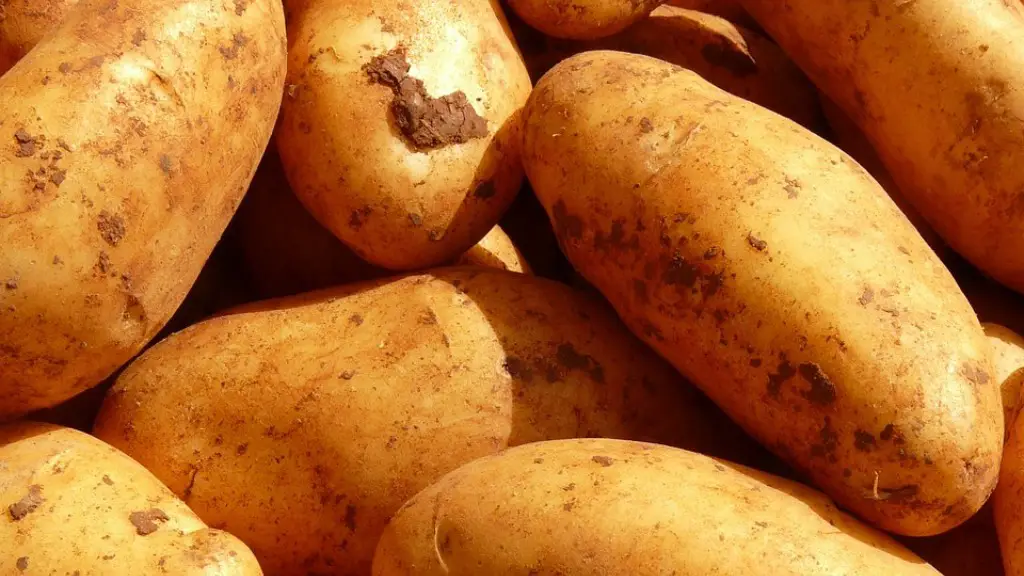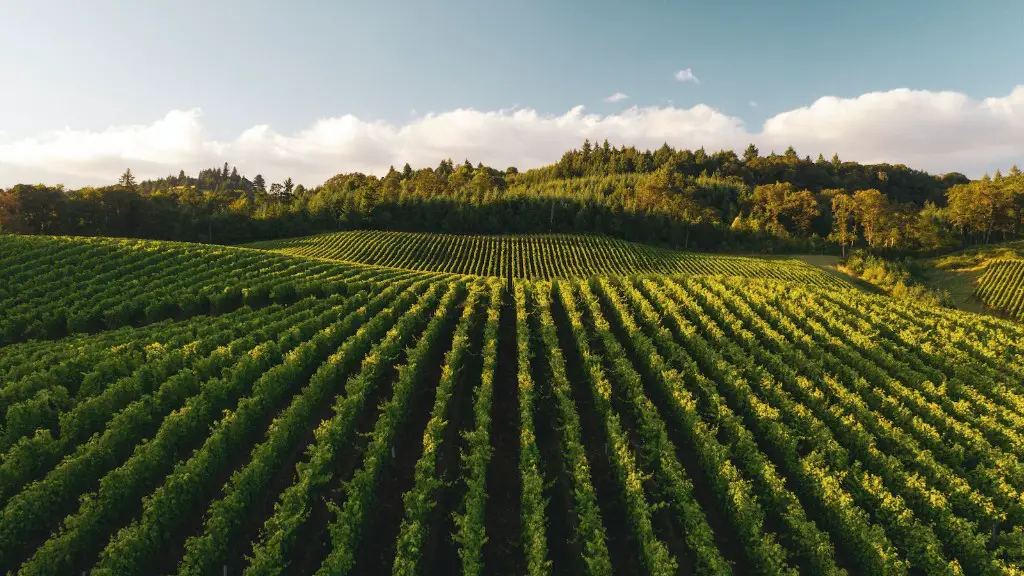Precision agriculture, also known as ‘smart’ or ‘precise’ farming, has been emerging since the early 1920s. At this time, two-way radio and aerial photography were used to measure and map farmland. Back then, scientists were just beginning to understand crop and soil variability within fields. In the 1940s, GPS and remote sensing technology further enhanced the ability to map and measure finite crop variability. Over the last few decades, this variability has enabled farm management to become increasingly efficient and sophisticated.
In the late 1980s, researchers used precision agriculture techniques to improve farming operations and efficiency. They began to develop new methods such as yield mapping, soil sampling, and remote sensing technologies to monitor crop health, optimize fertilizer applications, and pinpoint areas of pest or disease management.
In the early 1990s, the first commercial precision agriculture products hit the market. These products included yield monitors, auto-guidance systems, and variable-rate fertilizer applicators. Since then, the industry has grown exponentially and precision agriculture products are now tailored to individual farm needs and go beyond traditional data collection.
Furthermore, in the mid-1990s, satellite guidance systems and remote sensing platforms allowed farmers to make decisions in real-time. Data analysis, computer mapping software and GPS guidance applications enabled farmers to gain insight into how best to manage their land.
Presently, several companies are embracing technology to help farmers optimize yields and improve land management. Agricultural drones are now supporting farmers with accurate crop diagnostics, which enable them to take immediate corrective action. Autonomous tractors, cloud-based software-as-a-service programs, and ultra-precise sensors are just some of the advanced tools available through precision agriculture technology.
How has precision agriculture advanced?
Precision agriculture has advanced since its inception, providing farmers with a range of tools that enable them to maximize their yields and better manage their land. Automated machine systems are now available, allowing farmers to control their tractors and other heavy machinery, eliminating the need for human labour and potentially reducing costs. Variable- rate fertilizer applicators enable farmers to apply fertilizer at different rates, optimizing yield and reducing over-fertilization.
In recent years, drones have become a major player in precision agriculture. Drones provide farmers with an aerial view of their land, allowing them to detect crop health issues, conduct soil sampling and detect pest outbreaks. Drones are also helping farmers to more precisely monitor water use and are offering more detailed mapping.
Data scientists are also important in precision agriculture, taking the vast amounts of data collected from drone flights and other sources to provide decision-making insights. By using machine learning and data analytics, data scientists can evaluate large datasets to identify correlations and trends, making it easier for farmers to optimize their management practices.
Moreover, cloud-based technologies are now being used in precision agriculture. Cloud-based systems enable farmers to store, analyze and access data in real-time, while allowing data to be safely stored and shared when needed. Such systems are helping farmers to make decisions more quickly and accurately, while improving the data exchange and collaboration between farmers, advisors and agronomists.
Finally, the Internet of Things (IoT) is revolutionizing precision agriculture. Sensors attached to tractors, field equipment and animals are enabling farmers to remotely monitor soil and crop conditions as well as water use and environmental data. In addition, IoT is driving the development of ‘smart farms’, wherein the entire farm can be managed remotely.
How are precision agriculture products being used?
Precision agriculture products are being used in a multitude of ways, from increasing yield and efficiency, to reducing costs and optimizing land management. One of the most common applications of these products is in yield monitoring. Yield monitors measure the amount of crop harvested, allowing farmers to easily track the progress of different fields and crops. Yield data is then used to help farmers make decisions on when to irrigate or apply fertilizers, improving efficiency and monitoring how activities affect yield.
Autonomous tractors are being embraced as an effective way of automating labor-intensive activities, with tractors equipped with cameras, sensors, navigational systems and autonomous obstacle avoidance. Autonomous machines help to reduce labor costs and reliance on manual skills, freeing up farmers’ time for other activities.
Software-as-a-service technologies are being used to improve collaboration and data flow between farmers and advisors. By providing access to live data, advisors can consult more quickly and give more insightful advice to their clients. Using data analysis and machine learning algorithms, advisors are now better equipped to help farmers make informed decisions and increase yields.
Variable-rate technologies are being widely implemented in farms, allowing farmers to apply fertilizer, seed, and other inputs at individually specified rates. Variable-rate technologies can be used to maximize yields and reduce input costs, while reducing waste and environmental hazards.
Moreover, aerial photography and remote sensing are being used to provide farmers with maps and images of their fields. Such images help farmers to identify crop damage due to environmental factors, pests, or diseases. Furthermore, aerial images provide a comprehensive view of the farm, allowing farmers to better monitor crop health, analyze yield data, and manage water use.
Finally, agricultural drones are taking centre stage in precision agriculture. While aerial photography provides a large-scale view of the farm, drones enable farmers get an even more detailed look at the crops. Drones can be equipped with cameras, sensors, and other monitoring devices, allowing for an up-close view of individual crop health. Furthermore, drones enable farmers to detect pest outbreaks more quickly, reducing the need for manual monitoring.
What are the benefits of precision agriculture?
The use of precision agriculture technology is benefitting both farmers and the environment. By harnessing the power of technology, farmers can improve yield and efficiency, increase profits and reduce their environmental impact.
Through increased efficiency and decision-making, farmers have been able to increase their yields and improve their profits in a variety of ways. Autonomous agriculture tools and cloud-based software enable farmers to easily plan and monitor their operations. This has opened up new possibilities for farmers, enabling them to produce more with fewer resources. Furthermore, precision agriculture technologies have enabled more accurate forecasting, enabling farmers to plan ahead and take corrective action when necessary.
The environment is also benefitting from precision agriculture technology. By using fewer inputs and reducing over-fertilization and water waste, farmers are helping to reduce their environmental footprint. Autonomous tractors allow farmers to reduce their labor needs, while also providing them with a more precise and efficient way of working.
In addition, precision agriculture tools are helping farmers to better manage their land. Crop-monitoring tools enable farmers to quickly detect emerging problems, allowing them to take corrective action before the issues become serious. In combination with data analysis, farmers are able to better optimize their land management practices and maximize the use of their resources.
What challenges confront precision agriculture?
Although precision agriculture provides several benefits, it is not without its challenges. The cost of these technologies is still relatively high, with many precision agriculture products still not affordable for small-scale farmers. While the cost of precision agriculture is slowly decreasing, access to such technologies is still not widely available in rural and developing areas.
In addition, there is a lack of skilled users in precision agriculture, making it difficult for farmers to utilize the technology and extract its full potential. This can be especially challenging for farmers in rural areas, who may not have access to the necessary training and skills.
Lastly, precision agriculture requires large amounts of data and computing power. This can be difficult for small-scale farmers to manage, particularly those in areas with limited access to internet connectivity. Furthermore, the accuracy of data gathered by precision agriculture technologies is still relatively low, which can lead to incorrect or misleading results.
What are the implications of precision agriculture?
The implications of precision agriculture are far-reaching, impacting farmers, society, and the environment.
On a societal level, precision agriculture has the potential to dramatically improve food production and decrease poverty in rural areas. By providing farmers with better tools and more efficient processes, more people can be fed with less land and resources. This also enables farmers to run their farms more independently, freeing up more time for pursuing other activities.
In terms of the environment, precision agriculture has enabled farmers to drastically reduce their waste. By reducing inputs, optimizing land management and monitoring crop health, farmers can reduce their environmental impact and help protect our natural ecosystems.
Finally, robotization is becoming increasingly important in precision agriculture. Autonomous machines and artificially intelligent algorithms are being developed to help farmers manage their land more effectively. This could have an immense impact on the future of farming, reducing labour costs, enabling more efficient operations and opening up new possibilities for more sustainable agricultural practices.

